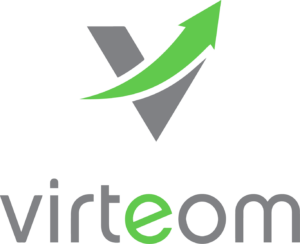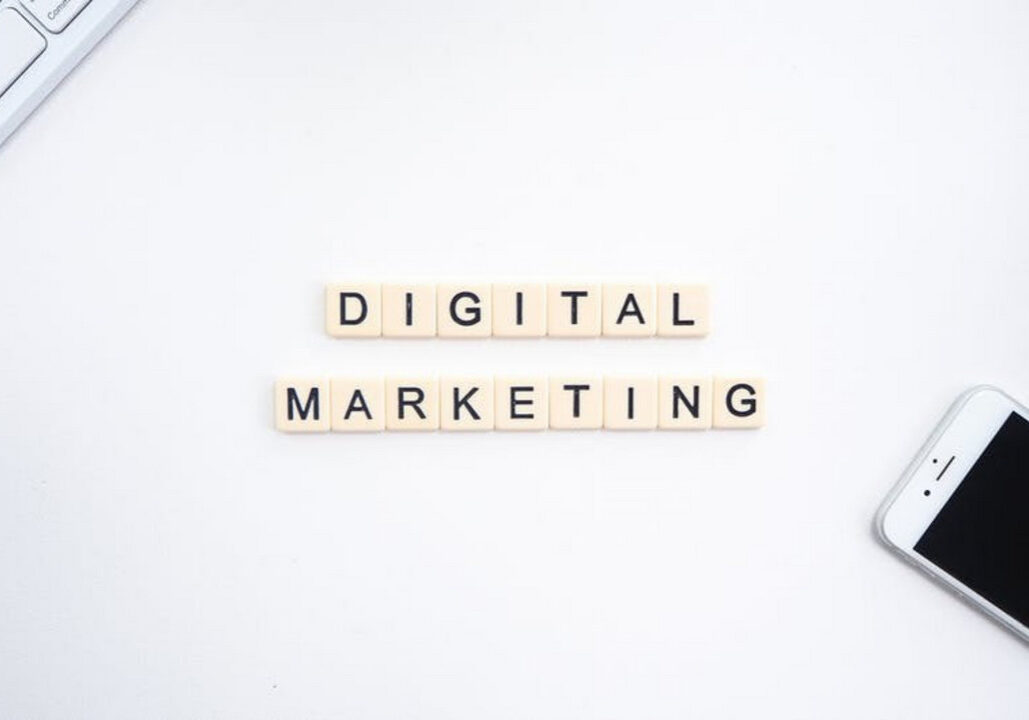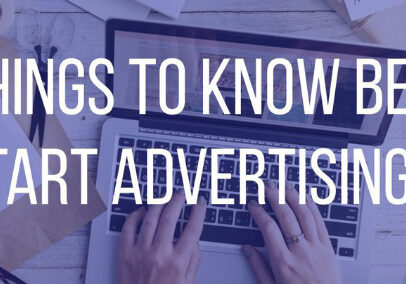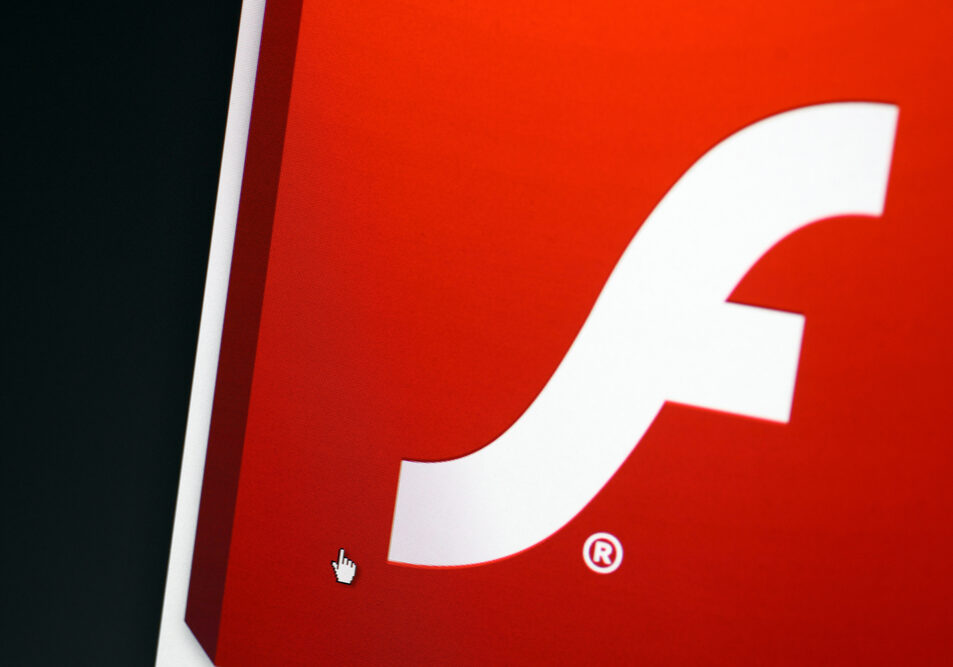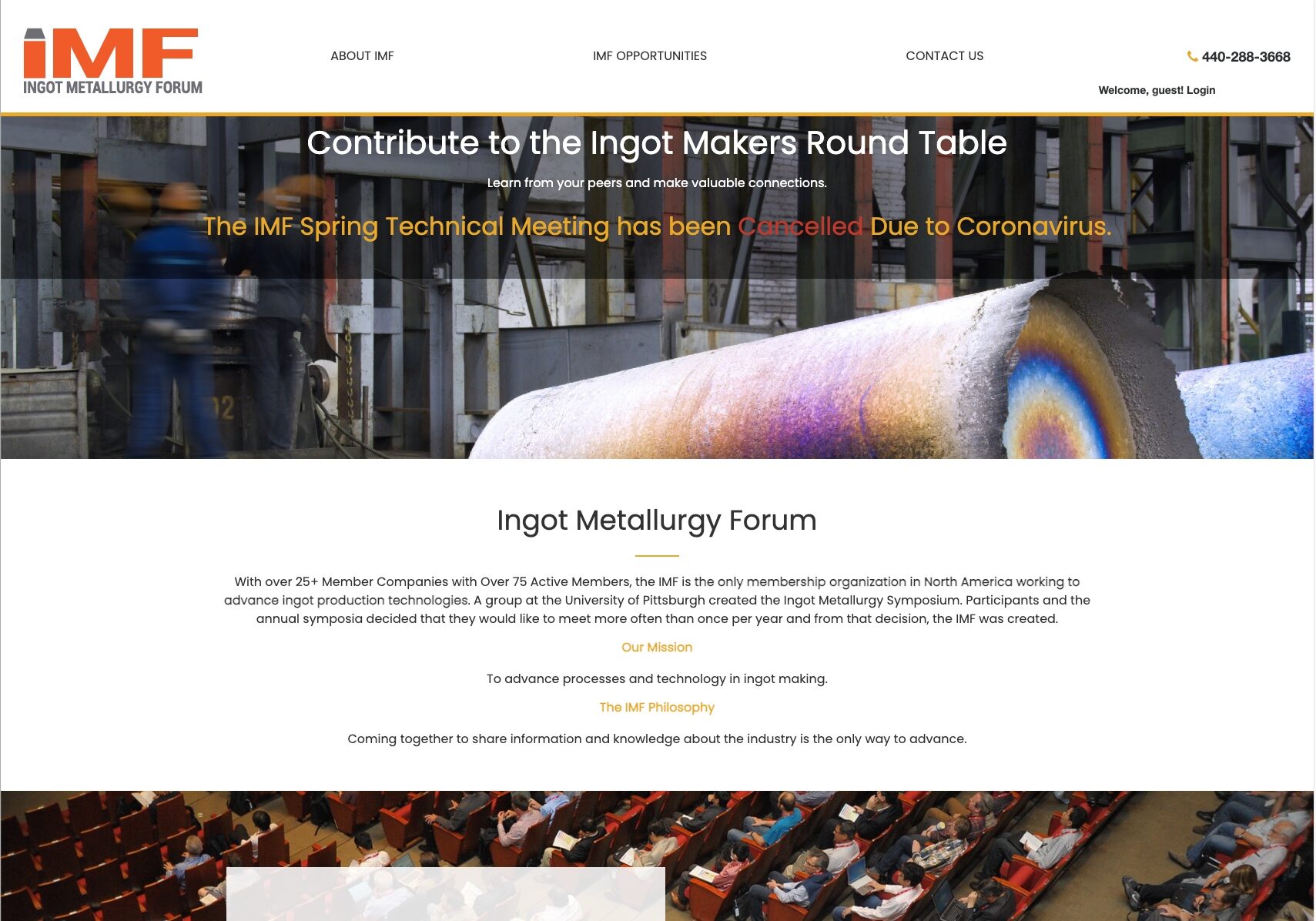More people are taking their marketing efforts into the digital realm, from Google Adwords and Social Media campaigns to email marketing. This shift is causing an increase in demand for lead generation landing pages. This unfamiliar term may stir up many questions: What is a landing page? What do landing pages do? How do I write content for landing pages? All of these questions can be extremely overwhelming and delay your online marketing efforts, and are likely to lead you to ask a question of your own: Where do I start? A great place to start would be to get a grip on what a landing page is, what your goals are, and to know who you’re marketing to.
What is a landing page?
So, what is a landing page, anyway? A landing page is the page your customers will land on after they click on your online marketing campaign. They may be directed here from your Google Adwords, Facebook or Twitter ad, or from a link in your email marketing campaign. Whatever it may be, the purpose is lead generation, you want to attract your visitors to fill out the form that is located on this page so that you can market to them in the future.
A landing page is a standalone page. It is focused on one single offering and directs the visitor to one specific call to action – to fill out your form. Don’t muddle up your message by adding in any links that take them away from the page. Do not, I repeat, do not, have any navigation items on the top of your page. Adding navigation to your landing page only deters them from filling out the form and, as a result, you’ll have no real measurement of conversion. Again, we want to attract your visitors to fill out your form – and we don’t want anything on the page to distract them from that goal!
Defining the goal of your landing page
Think about your target audience: Who you are trying to attract with this ad? Your landing page should be all about this customer, from the images down to the verbiage. The headline on the page should address this individual’s point of pain. How do you know their points of pain? You can find that out through customer surveys, Twitter polls, or through your own personal discussions with potential clients-turned-customers. Throughout the page you’ll explain how you solve that problem. By the time they’ve scanned your points – they’ll be waiting by their computer to hear back from you.
Writing Content to Drive Conversions
The biggest challenge of landing pages is writing compelling and persuasive content to convert visitors into customers.
When writing your headline, keep in mind, “On the average, five times as many people read the headline as read the body copy. When you have written your headline, you have spent eighty cents out of your dollar.” Your headline should grab their attention instantly, provide them with value, and be consistent with the messaging of the call to action on your page. Far too often I’ve seen customers try to write headlines that seem more like blog articles. Try and refrain from writing headlines that seem more “How to” or “# of Facts you need to know”, save those for your blog.
Take advantage of the subheadline! It is there to support that initial attention-grabbing headline. Here is where you can push your product or services and really show your company’s value.
When writing the body copy for your landing page, keep in mind most people will simply want to scan content. Instead of writing bulky paragraphs, approach the main points you would like to address and try to break them down into a bulleted list. Short and sweet, just one line of text is ideal. If you need to write paragraphs to get your point across, try your best to keep it to a few sentences. Again, keep it short and simple, but be concise.
If you’re struggling to write your own copy, you can always let your customers speak for you.
Using Customer Testimonials
This is an approach towards conversion that has proven to be very powerful. People love to see happy customers using your services or products. Testimonials provide a genuine customer experience that persuasive content can’t replace. Pair their kind words with a photo and bam, you have created a level of authenticity with your prospects and leave them with little room for doubt.
Call to Action on the Page
Your call to action should be the first place a visitor’s eyes go when they come to your landing page. Make sure your button stands out – entice users to fill out your form! Don’t use the word ‘Submit’. What are they submitting to? I once heard ‘submit’ should be stuffed to a dark corner of the internet. It’s best to explicitly spell out what they are supplying their information for. If it’s to get started on a specific process maybe the button says ‘Let’s Get Started’. Whatever the case may be, you want to tell the customer exactly what they’re getting into.
Do some A/B Testing
The best approach to landing pages is to create two different sorts of pages to see which one outperforms the other. Maybe one page has a video and the other doesn’t, or you use different headlines. A/B testing will prove what works for your customers instead of what you think will work for your customers.
If you’re still struggling producing attention-grabbing headlines, supporting sub-headlines, and compelling content, reach out to a Virteom expert. We’re here to consult you – understand your goals, your target audience, and to help you get the leads you desire. Do you have any tips for landing pages? Leave us your tips in a comment below!
